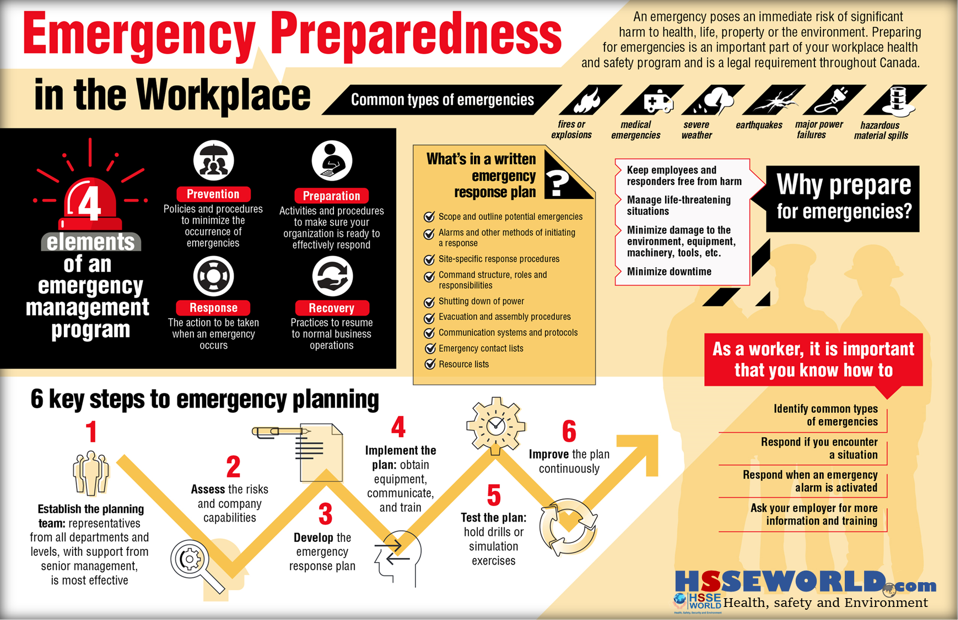An automated External Defibrillator ( AED ) is a small, lightweight device used to assess a person’s heart rhythm. If necessary, it administers an electric shock to restore a person’s normal heart rhythm during sudden cardiac arrest.
When a person suffers a sudden cardiac arrest, chances of survival decrease by 7 to 10 percent for each minute that passes without defibrillation. A person’s best chance for survival is when there is revival within 4 minutes. Experts estimate that 100,000 lives could be saved each year if AEDs were widely used.
The American College of Emergency Physicians (ACEP) supports public access to Automated External defibrillators AEDs in coordination with community EMS services. This lifesaving technology is most effective when standards are in place for training, equipment maintenance, and ongoing monitoring of the quality of care.
ACEP reports nearly 700 people to die from cardiac arrest each day. Having more AEDs available for use in public places and having more people trained in using AEDs will greatly increase survival rates for people in sudden cardiac arrest. In this article we will outline some Facts about AED as follows:
- What is an AED?
- How does an AED work?
- Who can use an AED?
- Do AEDs replace the use of CPR?
- Should AEDs be available on airplanes and in other public places?
- What’s the difference between an AED and the defibrillators used in hospitals?
- and more
Also Read: Tool Box Talk: Heart Risks: AEDs and CPR in the Workplace

What is an Automated External Defibrillator (AED)?
An AED is a device that administers an electric shock through the chest wall to the heart. Built-in computers assess the patient’s heart rhythm, judge whether defibrillation is needed, and then administer an appropriate level of shock. Audible or visual prompts guide the user through the process.
How does an AED work?
A microprocessor inside the defibrillator analyzes the patient’s heart rhythm through adhesive electrodes. (Some AED models require the operator to press an “analyze” button.) The computer then advises the operator whether a shock is needed. When the operator responds to the prompt to give a shock, an electric current is delivered through the patient’s chest wall through adhesive electrode pads.
Who can use an AED?
Anyone trained to use cardiopulmonary resuscitation (CPR) can be trained to use an AED. Most AEDs are designed for use by people without medical backgrounds, including police, firefighters, flight attendants, security guards, and lay rescuers.
Also Read: Managing The Risk Of Sudden Cardiac Arrest
When a person’s heart stops beating, why should an Automated External Defibrillator (AED ) be used?
When a heart’s rhythm goes into an uncoordinated electrical activity called fibrillation, the heart twitches and can’t pump blood. This condition often accompanies a severe heart attack which stops the patient’s heart from beating.
The AED delivers an electric current to the heart muscle, momentarily stunning the heart and stopping the fibrillation. This gives the heart an opportunity to resume beating. When the patient has been in cardiac arrest for more than a few minutes, especially if no CPR was provided, AEDs become less effective.
Will an AED always resuscitate someone in cardiac arrest?
No. The Automated External Defibrillator ( AED ) treats only a heart in ventricular fibrillation, an irregular heart rhythm. In cardiac arrest without ventricular fibrillation, the heart does not respond to electric currents. In such cases, the patient needs medication and breathing support.
Should AEDs be available on airplanes and in other public places?

Yes. Since seconds count when a person experiences a heart attack, the ACEP supports the widespread distribution of AEDs in coordination with EMS services and proper training. Logical places for AEDs include police cars, theaters, sports arenas, public buildings, job sites, and airports. An increasing number of commercial airplanes are now equipped with AEDs and enhanced medical kits.
Chicago’s O’Hare International and Midway Airports were the first airports in the United States to provide defibrillators to employees. Some companies have expressed concern about liability from employees using AEDs, but Texas and most states have passed Good Samaritan laws protecting people who are trained and use AEDs to save lives.
Do AEDs replace the use of CPR?

No. When a person experiences cardiac arrest, an AED will improve the chances of restarting the heart, but CPR will help keep oxygen flowing to the brain. With AEDs, CPR is still needed, starting with determining whether a person is unconscious, not breathing, or without a pulse.
The American Red Cross has incorporated AED training into its standard CPR training for businesses. This organization trains approximately 6 million people each year in first aid and CPR.
What’s the difference between an AED and the defibrillators used in hospitals?
In-hospital defibrillators are larger than AEDs and are manually operated by qualified medical personnel trained in recognizing heart rhythms. The medical personnel must decide whether to shock the person. The manual defibrillators also offer trained medical personnel other capabilities such as pacing (a temporary means of pacing a patient’s heart during emergencies) and cardioversion (a procedure that can restore a normal heart rhythm to people with arrhythmia, a type of abnormal heartbeat).
AEDs are programmed to recognize different heart rhythms and to make the decision of whether to shock the patient. The design is to provide lifesaving defibrillation as quickly as possible by guiding the operator through the process.
Heart attack Prevention and Cardiac Arrest in Men guideline
Maintaining the AED Device and Case
Weekly Maintenance
An EHS or clinic representative will perform visual inspections on a weekly basis to ensure the following:
- The green indicator light is lit on the AED device
- The number on the AED case matches the number on the device.
- The pads have not expired.
- All inspection requirements should be visible without opening the case, as this greatly reduces the life of the lithium battery.
- All findings are to be recorded on the Weekly Maintenance log.
- If any discrepancies or problems are found, the Clinic Nurse Manager or EHS Site Coordinator should be notified and corrective actions are taken. Each clinic or dispersed worksite will maintain a copy of the user manual as well as the phone number for support staff for the manufacturer of the AED.
- Monthly Maintenance
An EHS or clinic representative will perform a hands on inspection once a month. The following items are to be assessed:
- Model, Serial and Stop ID numbers.
- The expiration date of electrodes (found on the outside of the AED device)
- The number on the AED case matches the number on the device.
- The green indicator light is lit on the AED device.
- The AED case alarm is armed and functional. (This can be done by opening the AED case to ensure the alarm sounds)
- If any discrepancies or problems are found, the Clinic Nurse Manager or EHS Site Coordinator should be notified and corrective actions are taken. Each clinic or dispersed worksite will maintain a copy of the user’s manual as well as the phone number for support staff for the manufacturer of the AED.
Six Month Maintenance
The EHS Representative or designee must perform the following tasks every six months:
- Change the lithium battery for the case alarm or as recommended by the Original Equipment Manufacturer (OEM).
Maintenance Logs
- Logs shall be maintained by Medical (sites with an onsite medical clinic) or by EHS
- EHS or Medical will designate employees to check and record in the weekly and monthly logs
- Maintenance Logs are maintained by Medical (sites with an onsite medical clinic) or by EHS.
- Template Maintenance Logs are provided below

Records
AED equipment instructions, maintenance records, and other documentation related to a specific unit shall be maintained for the lift of the equipment. Training records shall be maintained for 3 years.
Training
- Only those employees who have been trained in the use of an AED shall use one.
- Training shall be conducted, at a minimum, every 2 years for all designated AED users.
- The First Response Coordinator or EHS Site Coordinator will coordinate training. He/She will ensure that the training curriculum meets the requirements of the American Red Cross, American Heart Association, or the National Safety Council.
- Records shall be maintained in Medical (sites with onsite medical clinics) or by EHS
- Copy of approved curriculum
- Audio/Visuals
- Training Rosters
Also Read: AEDs: The Life-Saving Devices that Everyone Should Know How to Use
Please visit our Safety Resources SAFETY BAG to have many Safety Resources





